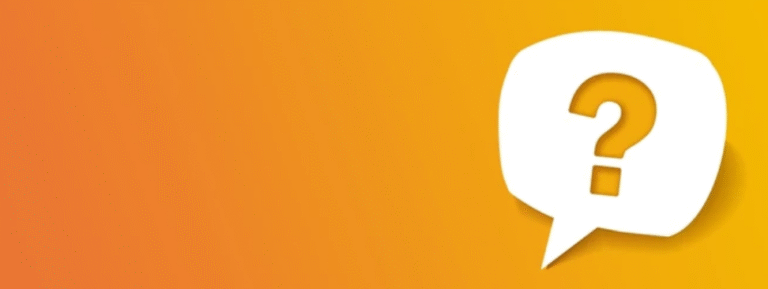
FAQs: What Educators Want to Know
Discover answers to frequently asked questions (FAQs) about Youth Transformation Services’ educational technology, mental health support, remote training, and how you can contribute through volunteering.
Who benefits from YTS?
YTS supports students, educators, and families through innovative mental health and educational tech programs.
Our signature platform, Jump Anywhere in the World (JAW), a seven-series mobile video game, uses game-based learning to teach Social Emotional Learning (SEL) in a fun, relatable way. To learn more, visit https://youtu.be/YMDp8FHvZt0
Why a video game?
To effectively engage and transform youth, it’s essential to meet them where they are—on video games and social media platforms. By integrating educational content into a medium they are familiar with and enjoy, we can facilitate learning and personal development in an interactive and relatable manner.
and social media.
Learn more about video games in school.
What grades does your video game serve?
Our educational video game is designed for students in 3rd through 5th grade. The content is developmentally appropriate, engaging, and rooted in Social Emotional Learning (SEL) principles to support foundational skills at every stage of early education.
To learn more visit JAW.
Is each SEL competency adressed in the JAW game?
Each week emphasizes a core Social Emotional Learning (SEL) competency, including:
Week 1: Self-awareness
Week 2: Social awareness
Week 3: Self-management
Week 4: Relationship skills
Week 5: Responsible decision-making
Week 6: Reflection & celebration
These SEL themes are reinforced through gameplay, journaling, breathing exercises, and classroom discussion.
How does the implementation rotational plan work?
The implementation plan follows a 6-week rotation, with each week focused on one level of the JAW game and a corresponding SEL strategy from the JAW Zen toolkit. Educators rotate through the levels in cycles—either by class, grade level, or small groups—ensuring that all students receive consistent exposure to SEL lessons, game-based learning, and reflection activities.
Please explain the quarterly plan.
Each quarter includes one full 6-week rotation, followed by a 2-week buffer period for:
Assessment and progress monitoring
Catch-up lessons for absent or transfer students
SEL celebrations or student showcases
This makes it easy to align the JAW Zen implementation with grading periods and school calendars.
What happens when a new student transfers in mid-cycle?
Transfer-in students can begin at any point in the rotation. The JAW Zen system is designed to be flexible and modular:
Students can enter at the current week’s level
Prior lessons can be assigned as catch-up during advisory, intervention blocks, or SEL periods
Educators can use summary versions of earlier levels to help new students quickly integrate
Can the program be adapted for multiple classrooms or grade levels?
Yes! The plan supports schoolwide or classroom-level implementation. You can run the program by:
Grade level teams (e.g., all 3rd grade classes in sync)
Advisory groups
Rotation models (e.g., every class takes on a level per week)
This approach promotes consistency and collaboration across the school.
Do you accept comunnity support?
Absolutely. There are several ways to support YTS:
Submit an Inquiry: Reach out to us with any questions or suggestions.
Volunteer: Join our team and contribute your time and skills to our programs.
Donate: Financial contributions help us expand our reach and enhance our services.
Your support enables us to continue empowering youth and making a positive impact in our communities.
